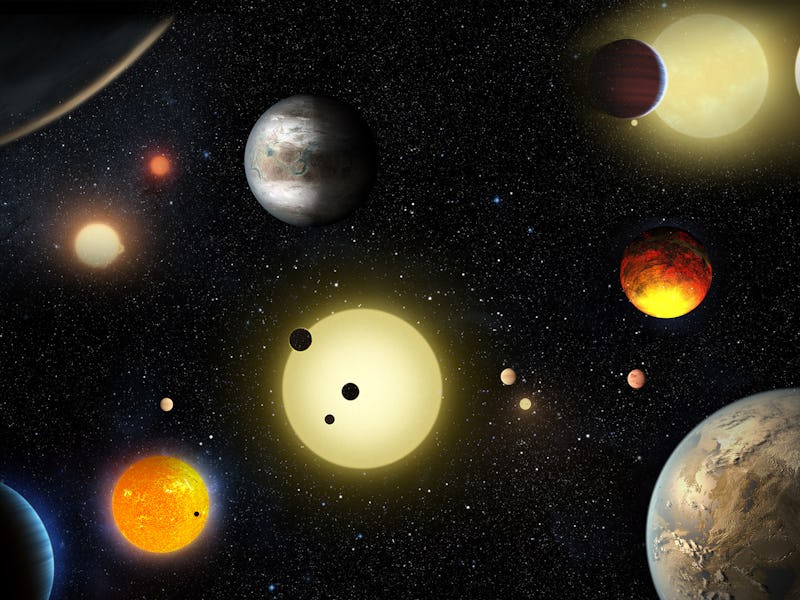New Star Data Still Can't Explain those Alien Megastructures

On Monday, researchers got their first look at a massive dump of data from Tabby’s Star, a.k.a the weird light in deep space that could be a sign of alien megastructures — and they still have no idea what’s going on.
The astronomer who first discovered KIC 8462852, known as Tabby’s star, released the first set of data from the findings of her project to investigate exactly what’s behind the star’s strange dimming and brightening.
Tabetha Boyajian, a postdoctoral fellow at Yale University, explored the idea that the star might in fact be a good place to look for aliens after funding her project through Kickstarter.
Only backers of the original Kickstarter campaign have access to the dataset, but even if that doesn’t include you, you’re not missing much. KIC 8462852 is not currently dimming or brightening — and even if it was, there’s not enough data yet to compare observations across a broad timescale.
However, if you are guessing that the new data does not yet show the existence of aliens on KIC 8462852, you’d be right. However, it also doesn’t show that there are not aliens, if you see what I mean.
Nevertheless, the new data is a crucial first step towards finally solving the mystery of what is happening to Tabby’s star.
Pictured: Aliens???
Boyajian has been using the Las Cumbres Observatory Global Telescope Network to monitor the star, which sits about 1,480 lightyears away, for the last four months, according to Wired. The star has grown a kind of cult following over the last few years, ever since it popped up on the astrophysics scene, and has been the focus of intense study and scrutiny among different researchers. Boyajian held a Reddit AMA earlier this summer talking about why KIC 8462852 is the “most mysterious star in our galaxy,” the possible host of an “alien megastructure.”
The hype comes from an unexplained phenomena wherein something, presumably very large, periodically blocks the light of KIC 8462852. Which could be lots of things. Including alien megastructures.